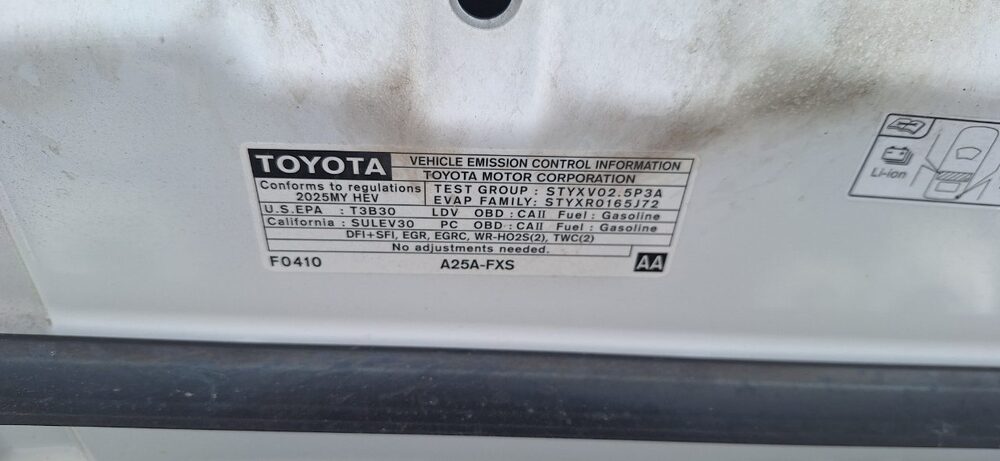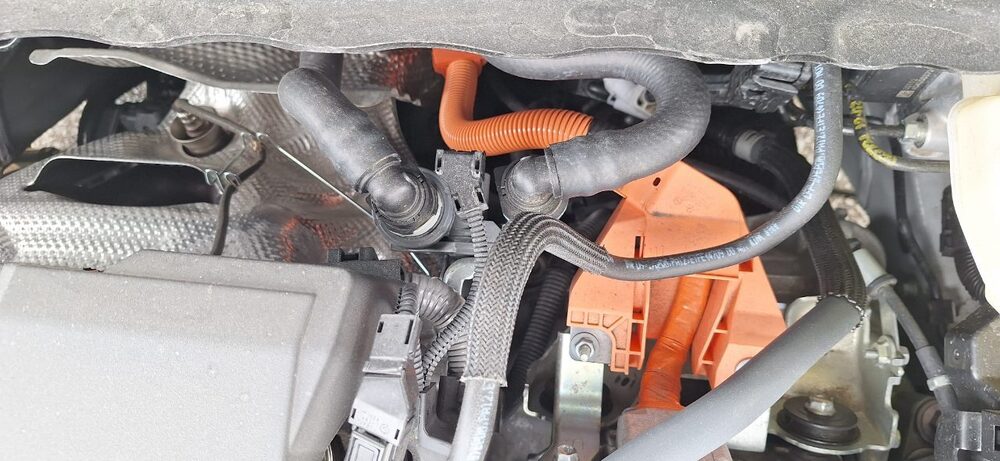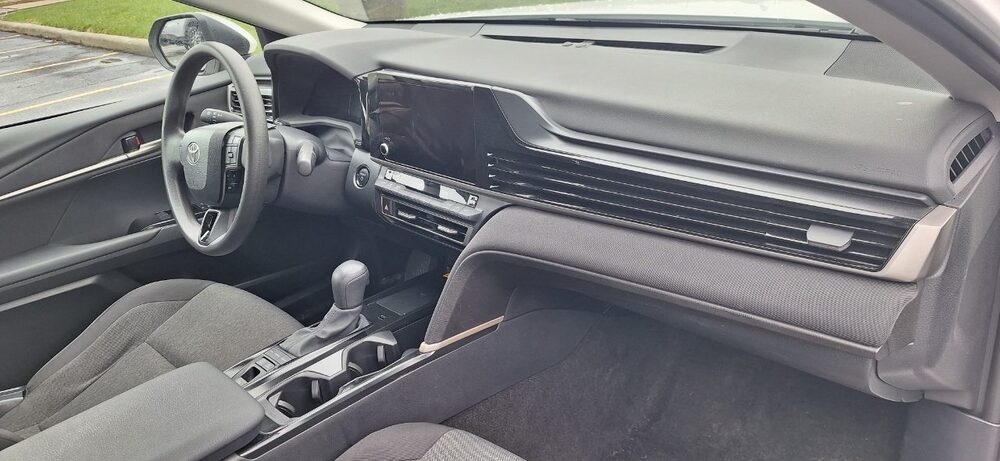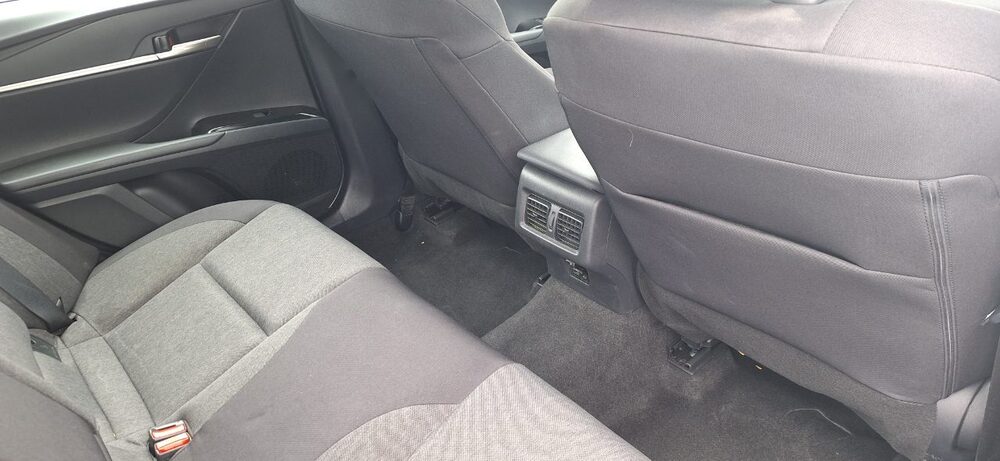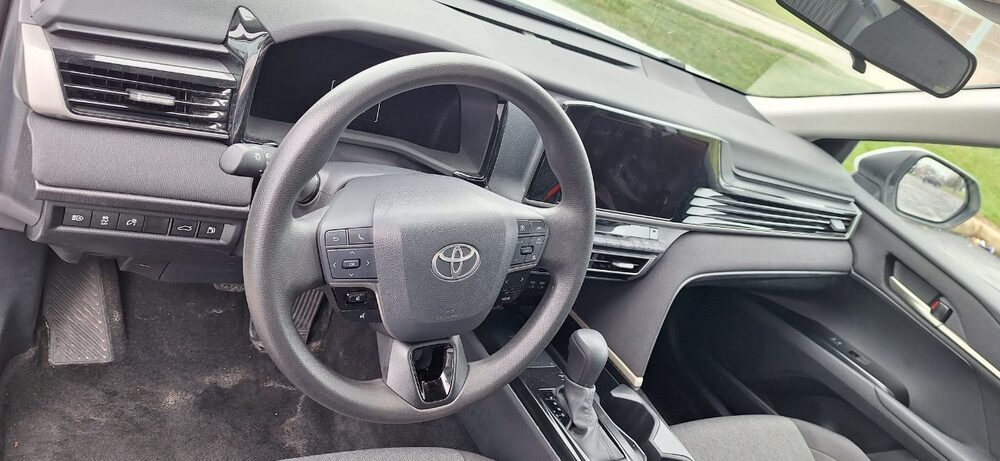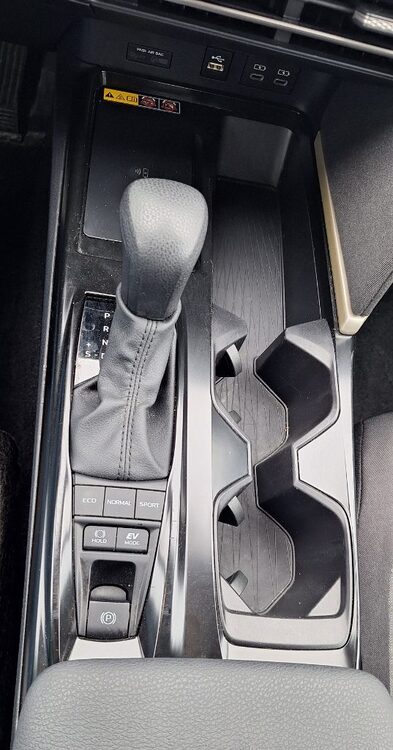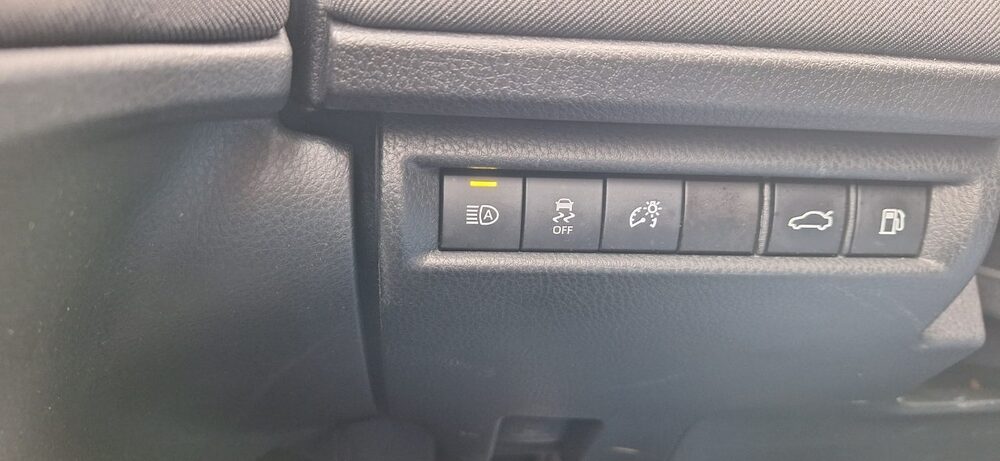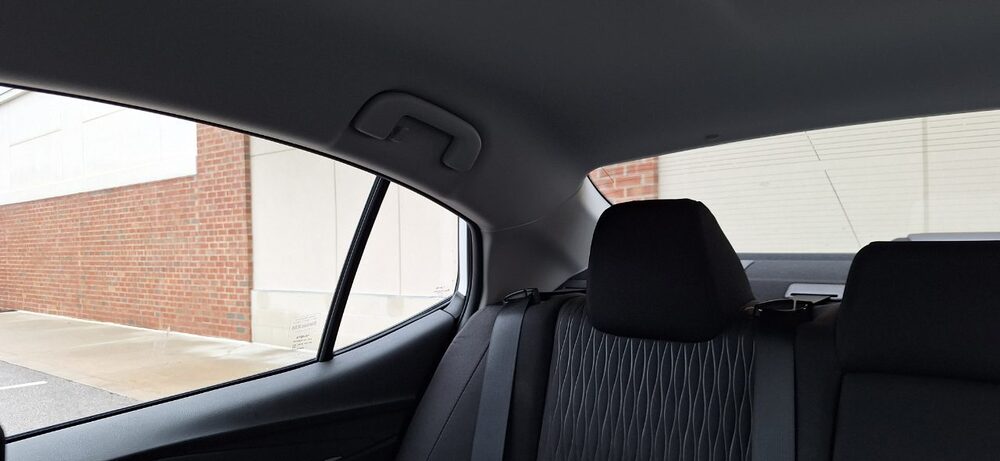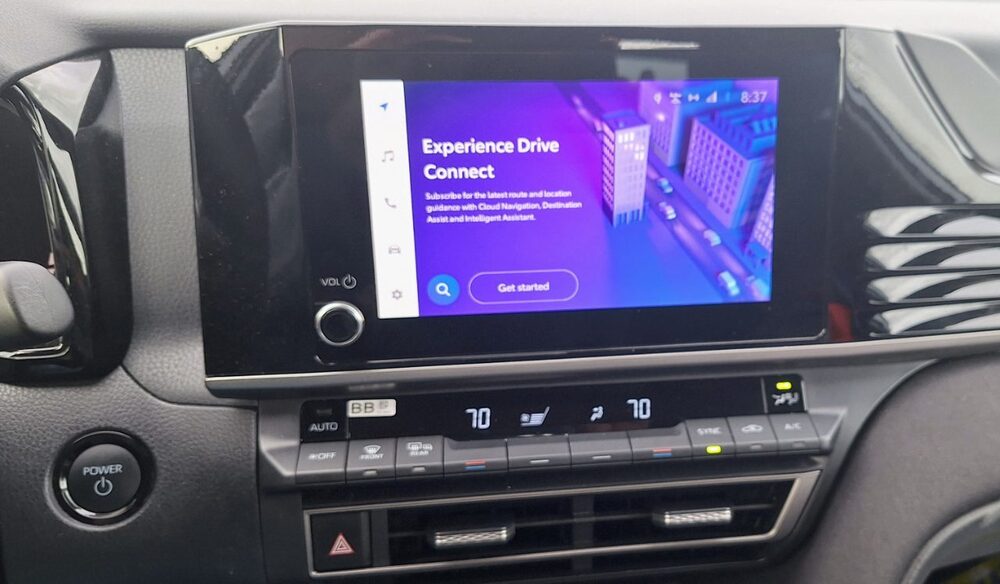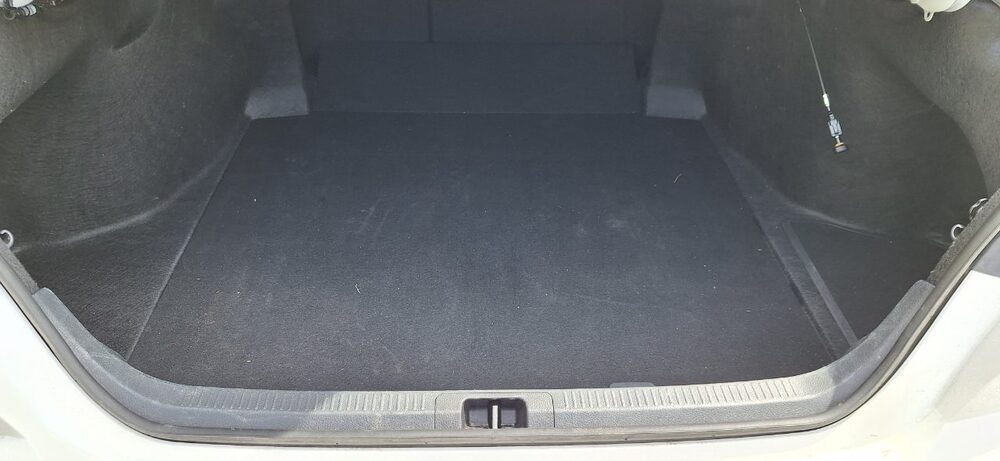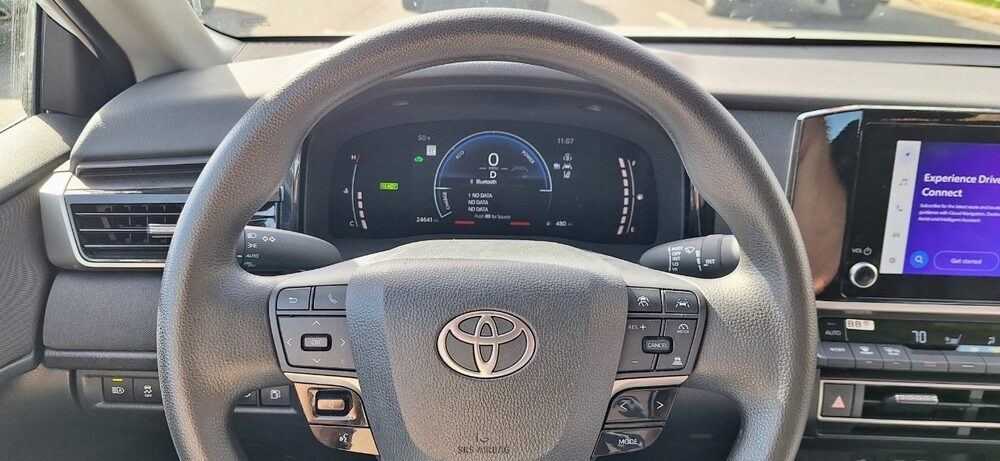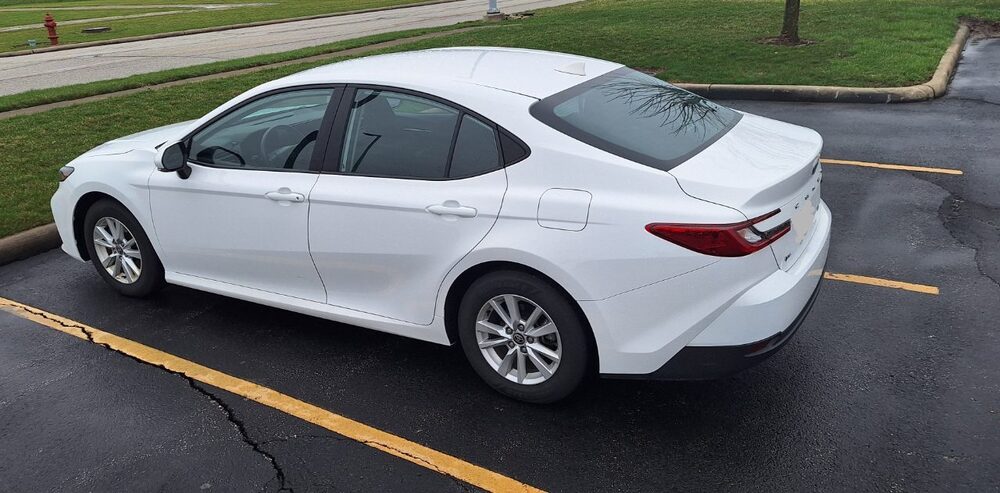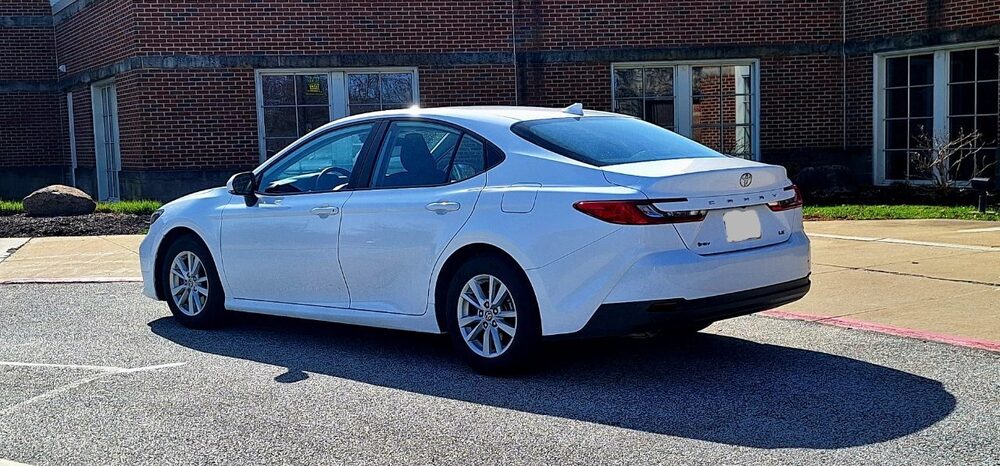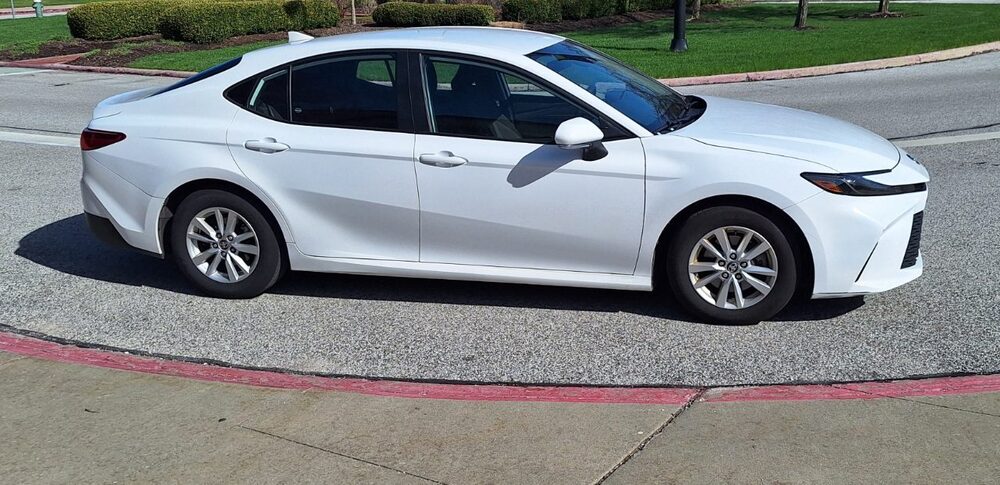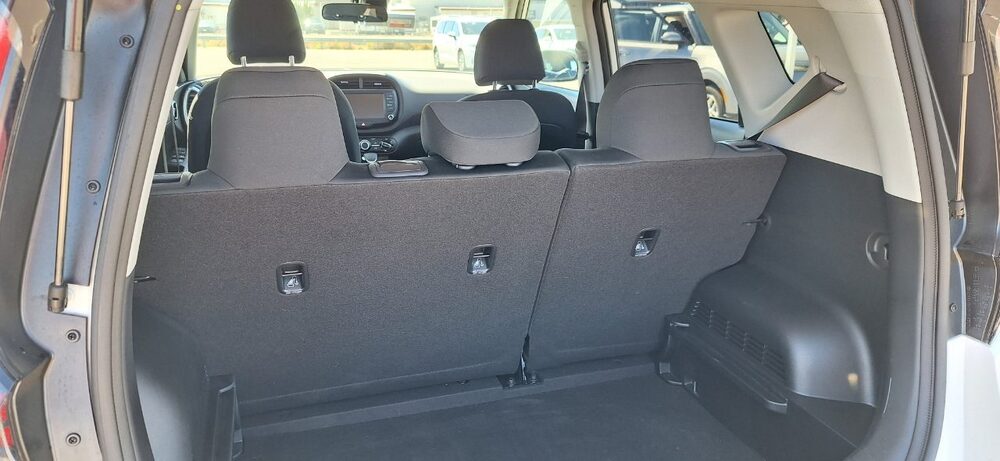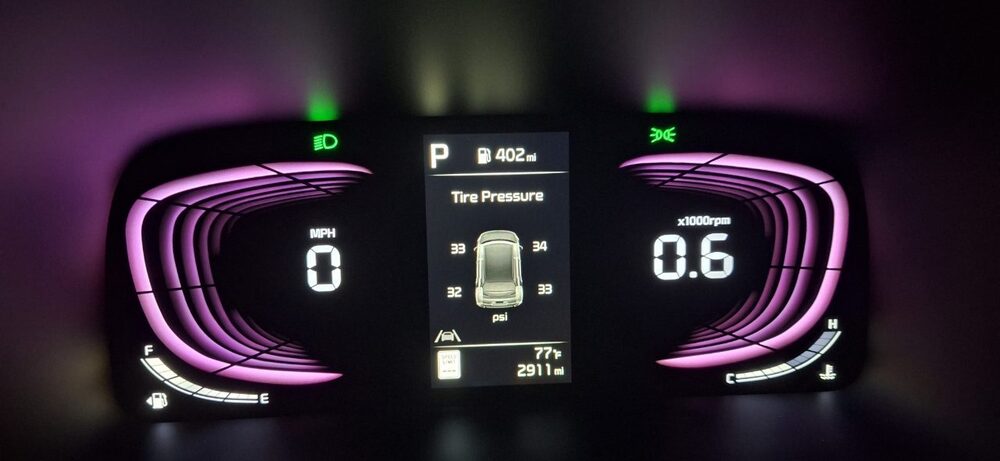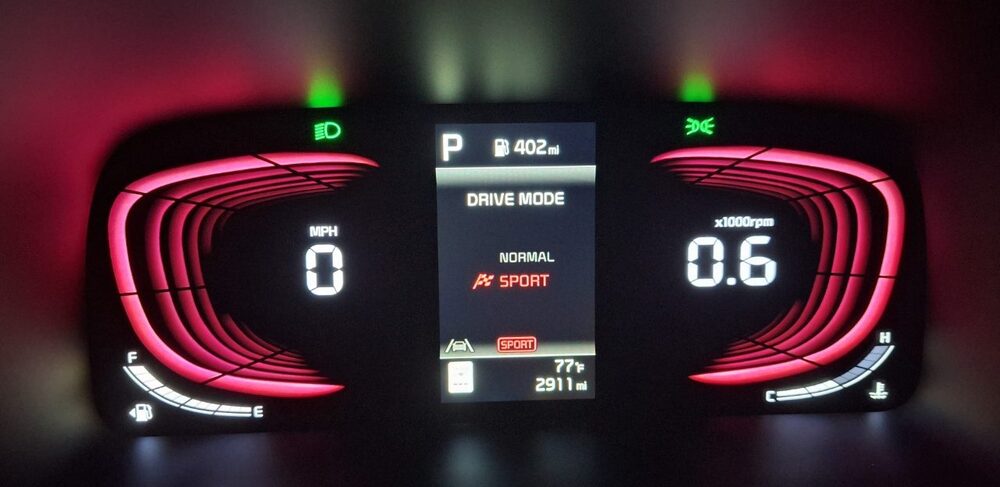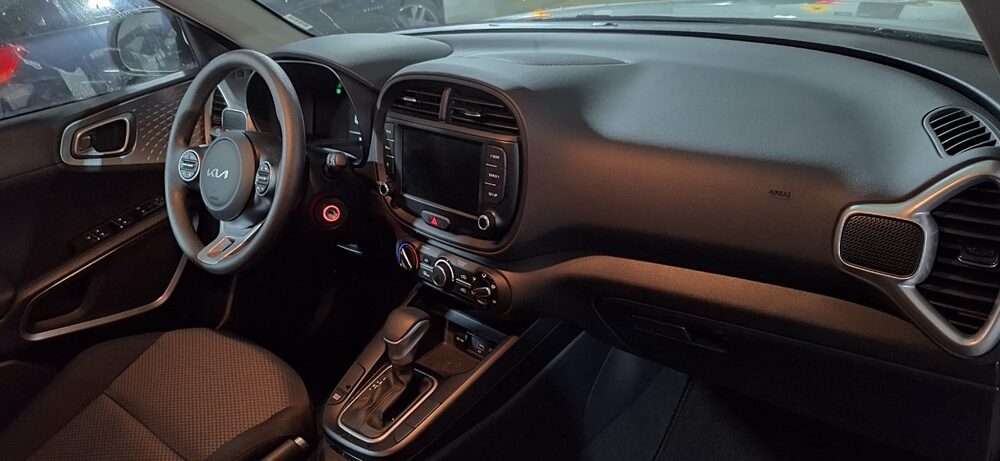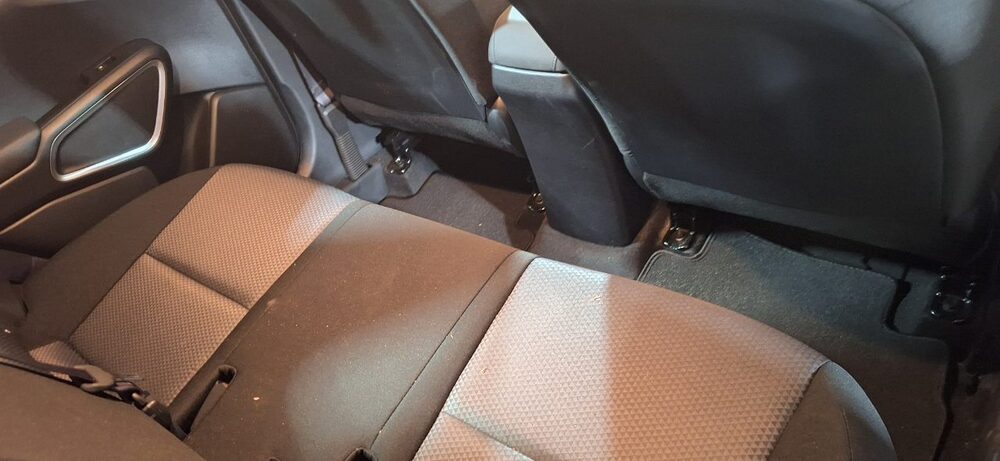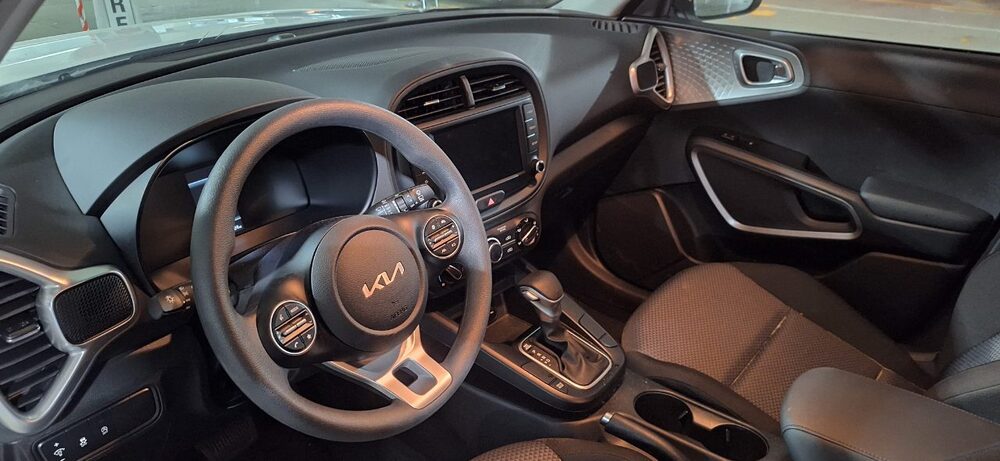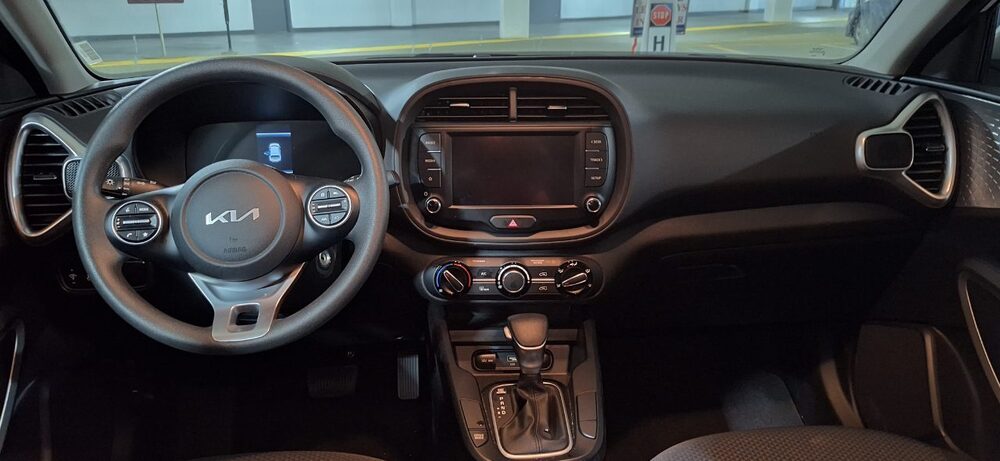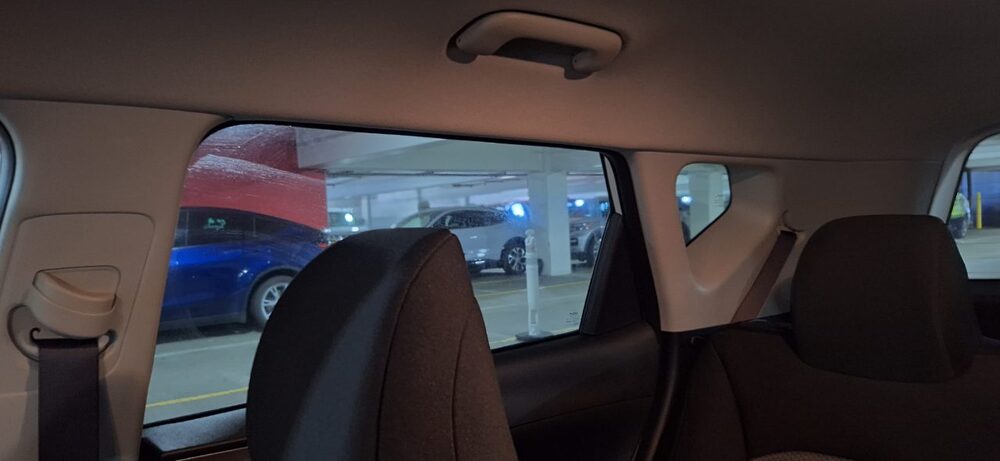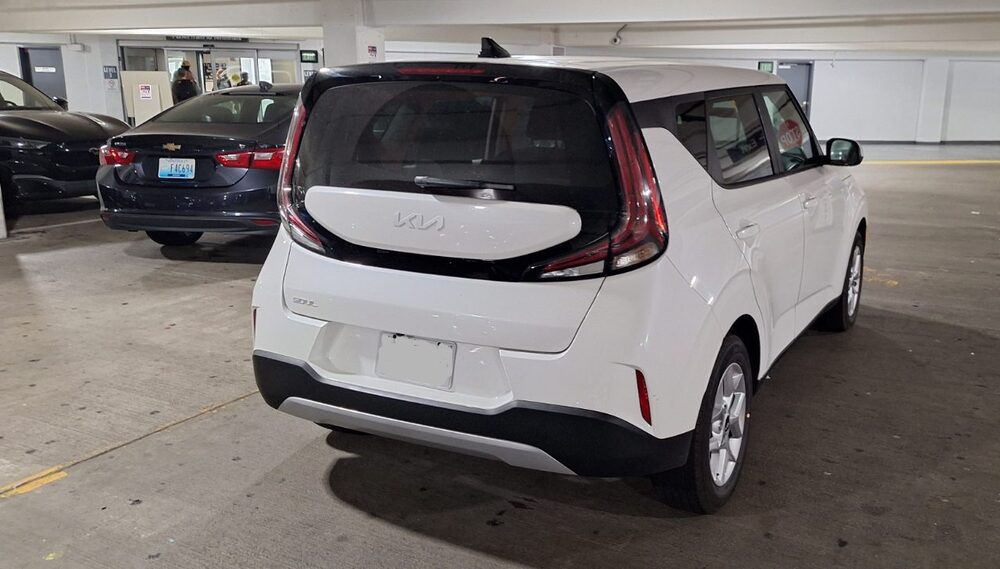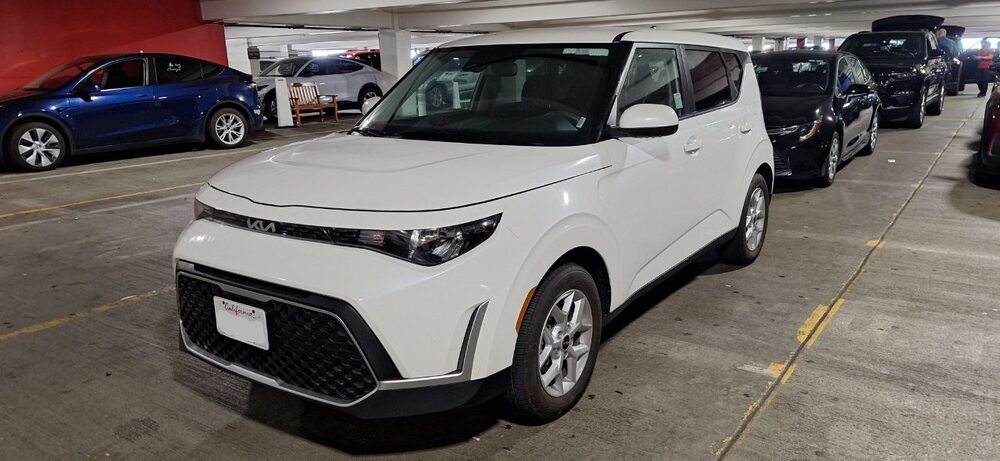-
Posts
11,211 -
Joined
-
Last visited
-
Days Won
139
Content Type
Forums
Articles
Garage
Gallery
Events
Store
Collections
Everything posted by trinacriabob
-
Yes, it was a deal ... booked almost a year ago. Ends at Civitavecchia (port for Rome) Will put up photos of stops along the way.
-
Transatlantic from U.S. to Europe - it's called a "repositioning"
-
Wraparound backlite, hence '75 to '77 ... ? Or, as they would say in Spanish, "Me encanta."
-
-
No bueno: you pull up a restaurant's menu and there are no prices next to any of the line items
-
It has always been nicely laid out on GM product window stickers.
-
They seemingly can't come up with a solution for this: if you put a "do not disturb" placard on your lodging location's door handle, when the door is opened or closed, the placard seems to fall to the floor about half the time ... it's almost like a coin toss. Sad.
-
Here we go again ... Voice in the background: 'I first moved there in 1999 I was supposed to go out there for LIKE a semester of college And I ended up never leaving' If I need a good laugh, I listen to this, so I added it to my collection.
-
I probably need to back up and watch it sometime. Everyone has heard about it, but I've yet to see it. On the "to do" list.
-
First, I had a little bit of video from violinists on the QM2 playing various pieces of music. I relayed this passage, which sounded familiar, to friends who couldn't peg what it was because the video was a short segment where I was also panning the fairly grandiose Queen's Room. Finally, someone pegged it and said it was something important from "Phantom of the Opera" ... nothing I'd care to sit through. At any rate, I found one musician also covering "All I Ask of You" on a violin. This YouTube can really make a person appreciate this instrument, this instrumental piece, and the precision needed to pull this off. The musician is a young doctor, from what I can glean through the "about" info, and plays the violin to relax. He does incredible work!
-
MECHANICAL PHOTOS This is the engine bay and the hood uses a prop rod. The engine is a 2.5 liter 4-cylinder (HEV) augmented by an electric motor. The label shows conformance to all emission standards for model year 2025 and that OBD II just keeps going The orange fittings and plumbing apparently indicate what is part of the hybrid model, as was the case in a Honda Accord Hybrid I drove during the last year - - - - - END OF PHOTOS
-
INTERIOR PHOTOS This is the view of the front of the cabin as seen from the driver's door This is the view of the front of the cabin as seen from the passenger's door This is one view of the "fixed" displays in the dash and the lower part of the center gauge, which can be customized by toggling; note the symmetrically placed temperature, time, odometer, and range digital readouts This shows the controls found on each side of the steering wheel and, with the base LE trim, the steering wheel is urethane This shows the push button ignition, the infotainment screen's placement, the climate control panel, and the two lower center air vents This shows the gear selector, the cubby with ports, driving mode, parking brake release, and cup holders The tidy clustering of control buttons to the left of the steering wheel comes in handy Rear seat legroom appears to be decent for the average sized adult passenger Looking over one's shoulder shows a pleasing roofline and window outline, engaged headrests, and the contrasting upholstered areas in the LE model, not to mention good visibility The trunk capacity appears to be in line for this vehicle and for this genre
-
EXTERIOR PHOTOS Angled front view, showing the new headlamps, a tamer grille, and alloy 16" wheels Angled rear view showing the slimmer and more horizontal rear taillamps Side view showing the new greenhouse treatment Overall look capturing the roofline, the greenhouse treatment and rear sail panel revision, and the sportier and more horizontal taillamps
-
What an exacting craft with beautiful results.
-
I was upgraded in a rental contract and, while going up by one category is not a big deal, getting to try out the new hybrid Camry was somewhat of a big deal. The latest and current Camry only features hybrid powertrains. The base 2.5 liter 4-cylinder engine, which was previously naturally aspirated, continues forward, but is assisted by an electric motor. To make the powering on and off work, a CVT is now the standard transmission, when Camry had an excellent 8-speed automatic transmission for many years. This vehicle had front wheel drive, but AWD is also available. The V6 engine and ICEs are no longer available. Getting used to this car doesn’t take much time. Having already driven another rented hybrid – a Honda Accord – all I needed to know is that turning the key does not fire up an engine, but makes the car ready to move in EV mode, at least initially. With 2.5 liters, the Camry pulls away nimbly and with agility, even with a minimally feathered pedal. It doesn’t take much. It’s fun to watch the centered power display setting move between eco and power modes. If stomped on, the engine responds very quickly. Surprisingly, stomping on it produces a more notable than expected engine hum. The cabin remains mostly quiet and handling is predictable, neither firm nor vague, with some rougher pavement making it less quiet. The transmission feels very much like a CVT, but a well behaved one. Still, drivers with old school tastes can lament the absence of the very last slick shifting 8-speed automatic that came standard in the Camry. I know I do. However, the current CVT behaves well because it doesn’t have that “stuck” feeling when pushed, but the spool is more of an exhaust node than the winding out and high rpm droning caused by the variable gearing. The Camry’s exterior was freshened up and they worked off the last model. It’s a compendium of small changes that, together, amount to a lot. The front lights are narrower and cleaner. The “appliance” grille is more understated than it once was. (Sadly, it’s the more expensive versions where the grille is more flared, and even overworked.) The rear lights are thinned out, complete with a boomerang effect, as they wrap around the rear fender edge and add to the horizontal look of the rear lip and the monolithic bumper panel. Also, the almost retro, and not too effective, sweep of the rear pillar (think ‘72 Caprice coupe) is gone and the side profile of the windows is cleaner, perhaps a larger rendition of what was done with the Corolla. Most of the vantage points look better than those of the previous Camry. Inside, the Camry is also much improved. The dashboard is organized in cleaner volumes. The dash has a simple main instrument pod. In its center is a round dial, whereby the upper part displays the speed and eco/power, and the lower part, through toggling, provides other information – direction, tire pressure, trip information and mileage, or even graphics of the flow of energy involving the engine and the battery. There is no dedicated tachometer; however, the temperature and fuel gauges remain. Around the main circle are small digital readouts for the exterior temperature, the time, the odometer, and the remaining range. Filling up this hybrid showed close to 500 miles of range. Not only that, the fuel cap is on the driver’s side and, like the trunk, they can be remotely opened by buttons in the interior. That said, there is none of that capless fuel filler stuff! Being a Camry LE meant the lower grade fixtures inside. Sadly, this meant a urethane steering wheel. Sometimes, a mere leather steering wheel imparts the feeling of better handling and a smoother ride. It’s that equipment choices and groupings seem to work together to give a vehicle its feel. The LE seats are nicely upholstered in a tougher, durable fabric with slightly contrasting parts. The front headrests can scoot all the way down and they actually point forward so the driver and passenger can use them without having to lean their heads all the way back. Headrests for rear seat passengers are integrated into the seating and do not have features to adjust them. The infotainment system is on its screen which is engaged to the dash, but moved slightly forward, and creates a cleaner look because it does not go up over the top of the cowl. Fortunately, it remains a touch screen. The functions are easy to work with, but I had a little bit of finicky interactions with Bluetooth and Android Auto. Climate control has toggles instead of dials and they are easy to work with. I will only say that the center vents of the climate control system do not work that quickly and powerfully. Beneath this small panel are the cubby, a charging pod for a phone, and the flat console surface for the shift lever. I found the console a little high for my taste. Possibly to accommodate the new mechanical set-up, there is no storage cubby underneath the console as one sees on larger GM products, for example – both SUVs and even the last-gen Buick LaCrosse. However, the console box is amply sized. In addition to being able to look over the hood, visibility is commendable all the way around. Except for being a little shoehorned into the Camry’s cockpit, the front of the cabin feels spacious and the legroom is also good. (I had to push the lever to get the seats to move upward, which provided a view over the top of the hood, as evidenced by seeing the paint color, and which I prefer.) They have retained good cabin space in the rear of the cabin. Also, the trunk has a decent amount of usable capacity for this genre and for having kept this sweeping roofline. I again want to state how pleasing it was to control the trunk, in addition to the fuel door, from a bar of buttons on a panel at the lower left part of the dashboard rather than on the floor near the door. There are 5 functions and they were thoughtful about putting the (auto) lights control onto this bar, and all the way to the left, such that it can easily be noticed from behind the steering wheel. The new Camry shows a lot of thought as to how the driver connects to the car through its controls and functions, and this is one of the areas where this Camry shines. While I didn’t calculate fuel mileage, I know that I added only 3.5 gallons of regular unleaded fuel to cover one jaunt of about 160 miles of mixed driving. This seems close to the EPA estimate. The little green EV icon shone quite a bit. I imagine that this is a very easy car to live with over the long haul. For Camry, this powertrain is obviously a new combination, but it’s technology that Toyota and other Asian marques have worked with for quite a while. I mostly took note that, apart from the major powertrain change, there is the evident synergy of the many small changes that make this a more nicely packaged vehicle than the last Camry. - - - - - PHOTOS FORTHCOMING
-
The thing is that Panera offers a better laptop and hot drink environment than does Starbucks and they cash in on that. It's "space rental." The tab for a HALF chicken avocado chipotle sandwich and a small CUP of baked potato soup (both good, not great) was absurd. Coffee, tea, and lemonade are roughly the same. I go there because it's near a friend's condo and it's better for having a discussion than a fairly nice Starbucks nearby. A Starbucks has to have an excellent interior for me to go there and pay their now crazy prices for coffee and tea.
-
While I really like Panera's concept and vibe, their portion control is, literally, for the birds.
-
So do I. From 1 to 5 cups a day. I drink coffee a lot less often. Tea is good and good for you, with white tea over green tea over black tea if rank ordered. Even black tea has benefits. Earl Grey is my favorite type, and the bergamot in it makes it among the healthier black teas.
-
I just wanted to comment that Coke Zero is so much better than Diet Coke, which leads me to wonder why they even keep producing Diet Coke.
-
Whoever was sketching had an inkling of what was to come. I like the dark blue and the absence of a spoiler. I'm not crazy about the greenhouse ... or, maybe, I'm not sure how I feel. Interesting, because, within the last hour, I saw a stock rust metallic colored Chrysler 300, maybe one or two levels up from entry level. I've never seen one in this color before. It really flattered this car more than it does the previous RWD Charger. It was stunning.
-
INTERIOR PHOTOS Front cabin view as seen from the driver's door; cup holder and console/armrest position are shown Front cabin view as seen from the front passenger's door Centered view of the dashboard and the gear selector in its smaller console Main instrument pod; tire pressure readings shown with one shade of illumination Main instrument pod; drive mode shown with another shade of illumination Rear seating area space View over to the rear of the cabin and the rear pillar; note that the headrests can be pushed down so as to eliminate the gap with the top of the rear seats Rear storage space without pushing forward the split rear seats - - - - - END OF PHOTOS
-
I remember when the Kia Soul hit the market, together with its jingle about a “little bit of soul.” I still think the name is clever. Yet, it has taken me this long to actually drive one. It was because of a situation where the rental agency had run out of compact sedans. The Kia Soul doesn’t look like anything else. It’s quirky and even an ugly sort of cute. When it was first released, its cartoon-like front grille “expressed” sadness. It has been minimally changed during its run and, currently, the front grille looks a little “angry” … and with an underbite. The side profile is largely unchanged. Now, the rear door and surface are vertical and its rear taillamp assembly has morphed to wrapping around the edge of that entire surface. In being so vertical, getting into and out of the Soul is easy. That feeling of verticality extends to the interior of the cabin. The front of the cabin is spacious enough, the rear of the cabin is sufficiently spacious, and the rear storage space, without the rear seat folded down, is not exactly generous. To get the full benefit, the rear seat needs to be folded down. Clearly, a person who buys one has penciled out their needs and has figured that the Kia Soul might work for them. Some reviewers have said that the dashboard is a throwback to another era. I believe they were addressing how rounded the different volumes were. I’d agree that roundedness was very popular in past automotive design, but this dash set-up is unique to the Soul. The interesting thing is the illumination at night, which seems to change colors – without adjustments I was aware of, the colors were shades of purple and pink. Having clusters of instruments grouped in these rounded clusters was easy to work with. The steering wheel in this model was a urethane one, and, anymore, this always gives a vehicle an entry-level feel. On the main pod, the speedometer is to the left and the tachometer (where one needs to multiply the digital number x 1,000) is on the right. Fuel and temperature gauges are included and worked in around the edges of the above. There is an information dialogue box between them where you can see tire pressure and other readouts as you toggle through them. The Soul’s center stack dash pods are very sensible. This includes both infotainment screen and the climate control panel. The console is also simply laid out. The Soul’s engine has a subdued rhythmic note, but it’s not hushed when pushed. This is an economical Kia vehicle. The engine is a 2.0-liter 4 cylinder unit and it is not turbocharged. Thus, it makes 147 horses. Power comes from a CVT, as Hyundai has left the geared automatics behind several years ago, when even Rios (and Accents) had 6 speed automatic transmissions. The Soul is conventional in its mechanics, seeming like a vehicle somewhere between a Kia Rio and a Kia Forte that has been raised up. That explains its ride and handling, which is probably closer to that of the Forte than to that of the Rio. This means that, while not premium grade, it is nimble and smooth enough. Sometimes, it’s the go-kart effect as you slalom around city traffic that “imparts” more agility than would be experienced on two-lane highways or freeways. With its powertrain, it has what it needs for everyday driving and even sprinting away from a light or onto a freeway ramp. In so doing, the CVT will begin to spool up the rpms, but it doesn’t give the sensation of “sticking” at those higher rpms the way some CVTs did in the mid-2010s. As for passing up a steep grade or at high speed, this would be more challenging and would need to be “studied.” The seating is upholstered in tougher fabric, which is firm and reasonably comfortable. It is intended to do the job without trying to exhibit uptown workmanship. If wanting to look over your shoulder to change lanes or pass, the unusual slanted window in the rear sail panel and the thick rear pillar might be slightly intrusive. The Soul’s greenhouse is not a big glassy one. The Soul is very predictable and easy to live with, though not exactly awe inspiring. For this sort of packaging, the pricing is in the respectable $22K to $27K MSRP range. Also, many of the advanced safety electronics are included. That said, it’s a little brainy, but, while it’s not the brainiest of vehicles, it has more brains than it does looks. So, if you’re a little quirky, or want to be, choosing this vehicle could be a logical extension of that. The Kia Soul has been on the market for a long time, sales crested a few model years ago, sales have dwindled with each successive year after that, and, at this juncture, it is still available. - - - - - PHOTOS FORTHCOMING












